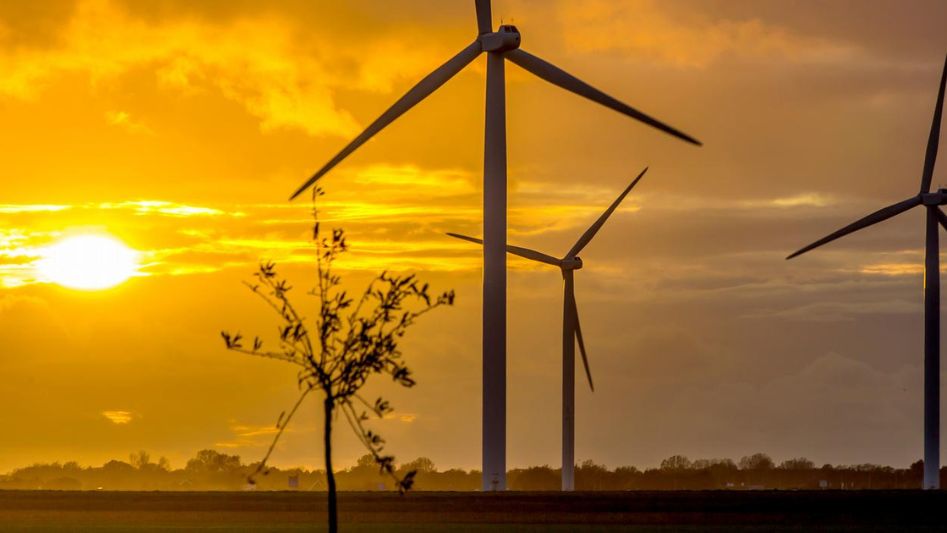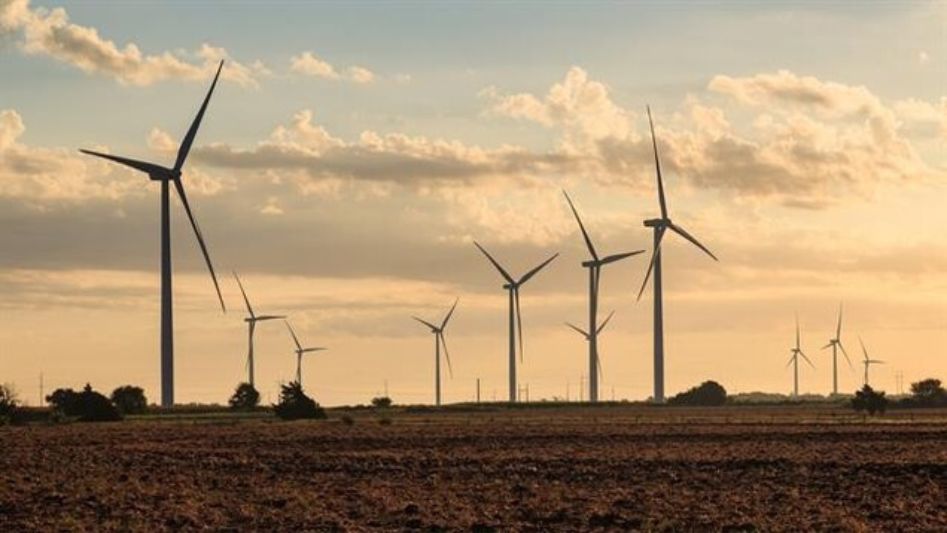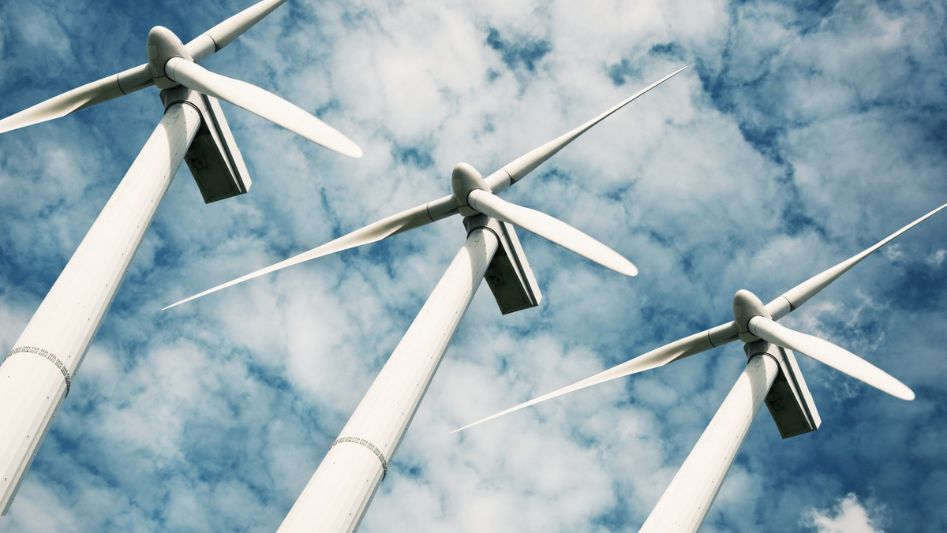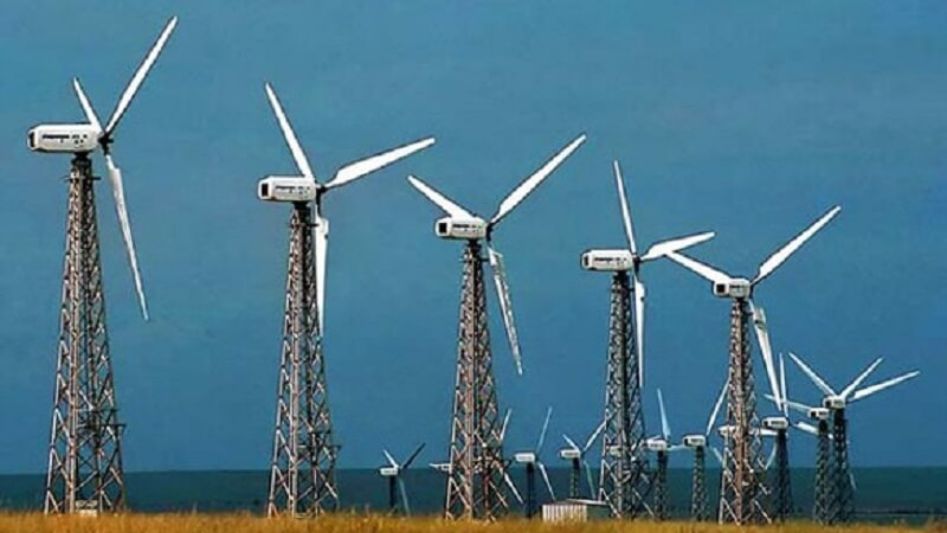Wind energy is a renewable and sustainable source of power that has seen a rapid increase in its use over the last decade. However, the intermittent nature of wind power, which relies on the availability of wind, can create challenges for its integration into the electricity grid. Wind energy storage has emerged as a possible solution to these challenges, allowing for the storage of excess energy generated during periods of high wind, which can be used when wind generation is low. In this article, we will explore the advantages and challenges of wind energy storage.
Table Of Content
We invite you to read: “Wind Energy in Developing Countries: Challenges and Opportunities”

Advantages of Wind Energy Storage
1. Increased grid stability
Wind energy storage can help balance the electricity grid by ensuring a stable supply of electricity, even during periods of low wind. By storing excess energy generated during high wind periods, it can be used to meet demand during periods of low wind.
2. Cost savings
Wind energy storage can reduce the need for expensive backup power sources, such as natural gas-fired power plants, which are used to provide electricity during periods of low wind. By storing energy during high wind periods, wind energy storage can help reduce the need for such backup sources, ultimately saving costs.
3. Improved renewable energy integration
Wind energy storage can help integrate renewable energy sources into the grid by mitigating the intermittency and variability of wind power. By providing a more reliable and stable source of electricity, wind energy storage can help make wind power a more attractive and viable option for electricity generation.
We invite you to read: “The Integration of Wind Energy with Other Renewable Energy Sources”

Challenges of Wind Energy Storage
1. High capital costs
Wind energy storage systems can be expensive to install and operate, which can be a barrier to their adoption. The cost of energy storage technology is decreasing over time, but it still represents a significant upfront investment.
2. Limited storage capacity
Wind energy storage systems have limited storage capacity, which can limit their effectiveness in meeting energy demand during extended periods of low wind. As a result, wind energy storage systems may need to be paired with other forms of energy storage, such as battery storage, to ensure a reliable and consistent supply of electricity.
3. Environmental concerns
The manufacture and disposal of wind energy storage systems can have environmental impacts, such as the release of greenhouse gases during manufacturing and disposal. Additionally, the construction of wind energy storage systems can have a visual impact on the landscape and may impact wildlife habitats.
We invite you to read: “Wind Energy and Grid Modernization: A Synergistic Approach”

Conclusion
Wind energy storage has the potential to address the challenges of integrating wind power into the electricity grid. By providing a stable and reliable source of electricity, wind energy storage can help reduce the need for backup power sources and improve the integration of renewable energy sources into the grid. However, wind energy storage also presents challenges, such as high capital costs, limited storage capacity, and environmental concerns. To overcome these challenges, continued research and development are needed to improve the efficiency and effectiveness of wind energy storage systems.
FAQ
What are the different types of wind energy storage systems?
There are several types of wind energy storage systems, including pumped hydro storage, compressed air energy storage, flywheels, and battery storage.
How does wind energy storage compare to other forms of energy storage?
Wind energy storage is one of many types of energy storage systems, and its effectiveness depends on a variety of factors, such as the size of the wind farm, the availability of wind, and the storage capacity needed. Battery storage, for example, is becoming an increasingly popular form of energy storage due to its flexibility and cost-effectiveness.
How much energy can be stored with wind energy storage systems?
The amount of energy that can be stored with wind energy storage systems varies depending on the size and type of the system. For example, a pumped hydro storage system can store thousands of megawatt-hours of energy, while a battery storage system may be able to store several hundred megawatt-hours.
Is wind energy storage only suitable for large-scale wind farms?
Wind energy storage can be used with wind farms of all sizes, from small-scale installations to large-scale commercial wind farms. The suitability of wind energy storage depends on factors such as the size and location of the wind farm, as well as the storage needs of the local electricity grid.
You May Also Like
- The Future of Wind Energy: Predictions and Trends
- How Wind Energy is Changing the Landscape of Energy Generation
- The Economics of Wind Energy: A Cost-Effective Solution for Electricity Generation
- The Role of Wind Energy in Achieving Sustainable Development Goals
- How Wind Energy Can Help Mitigate Climate Change

